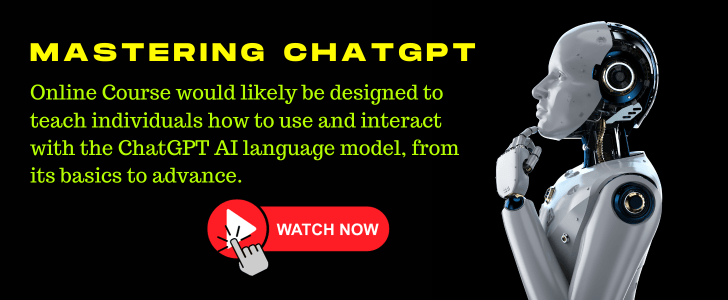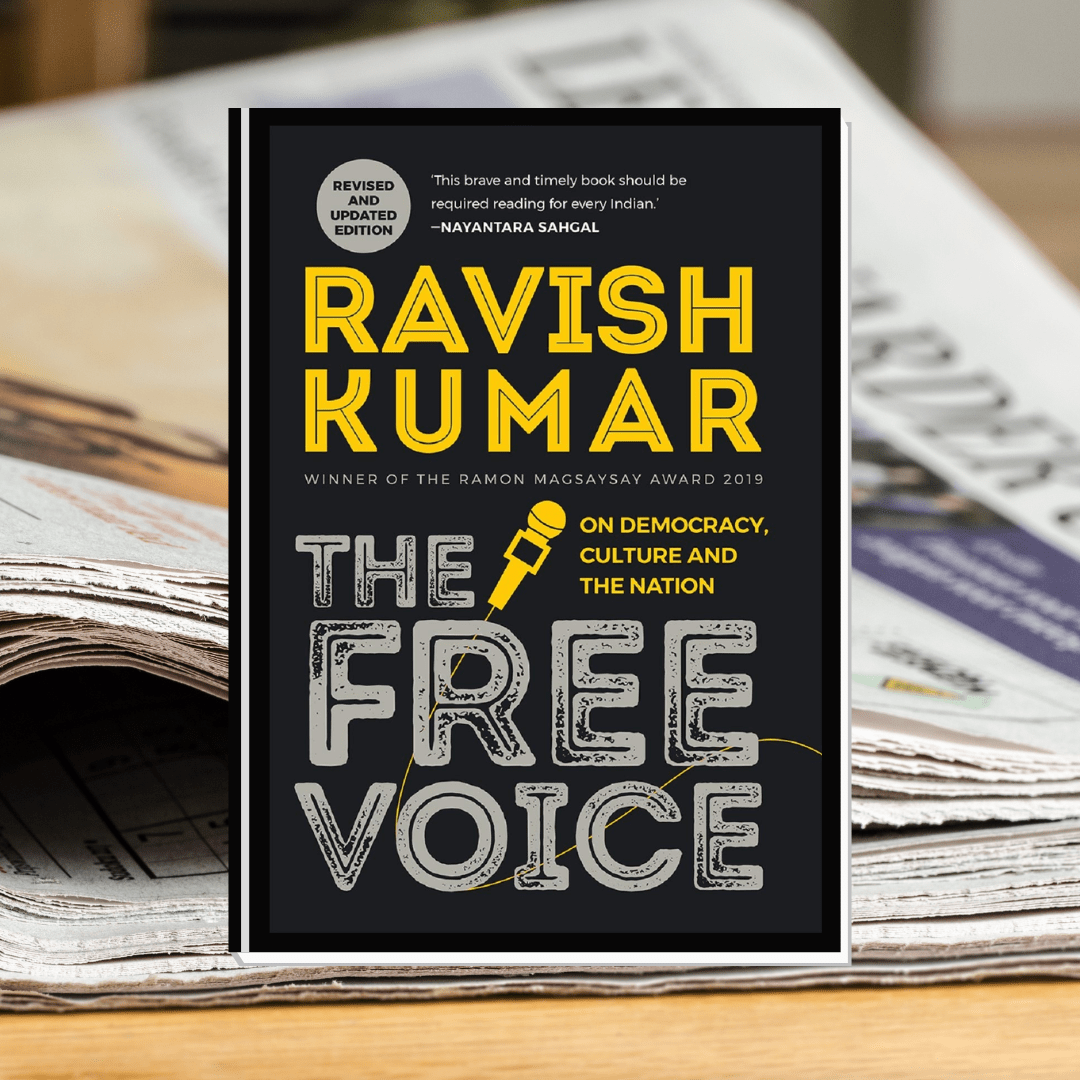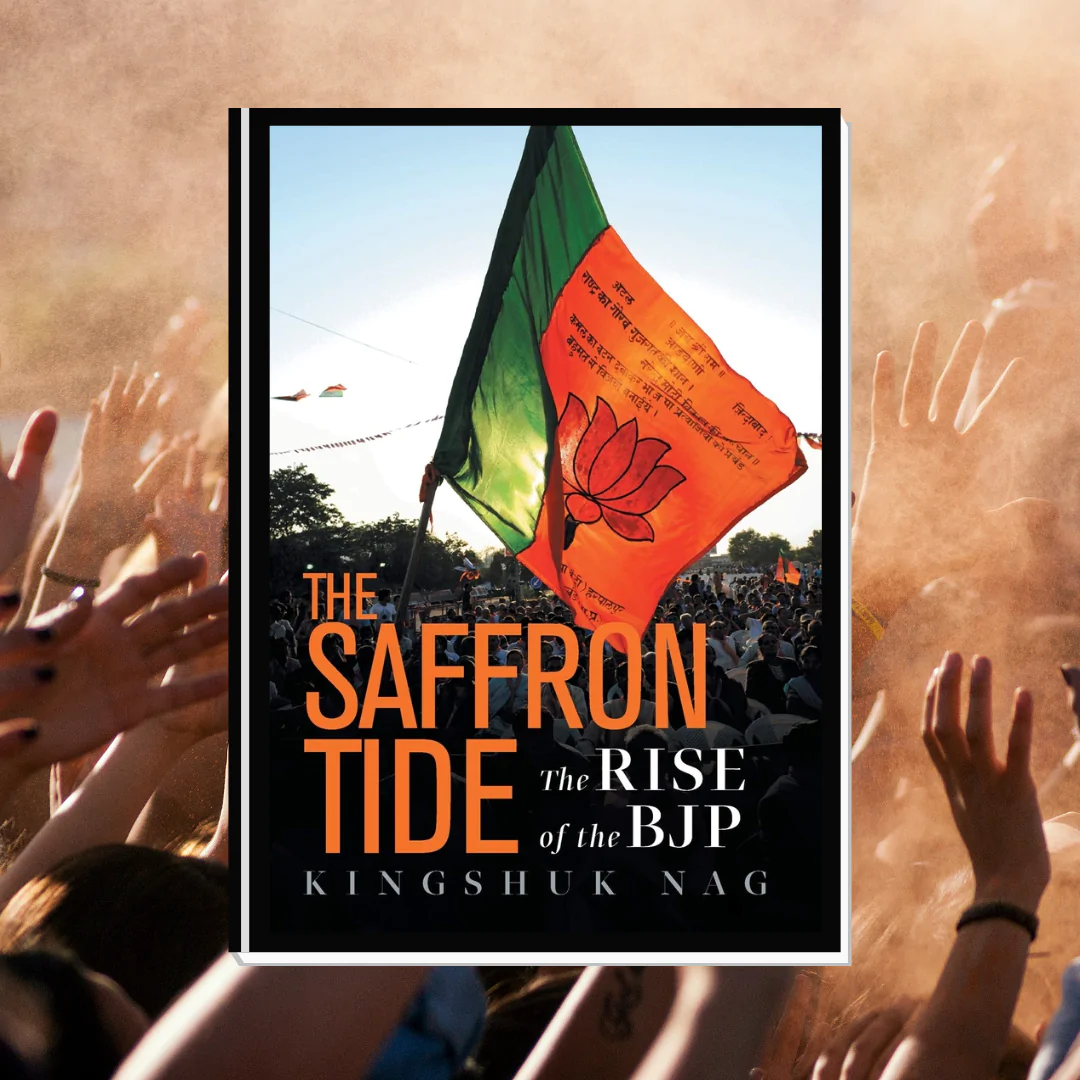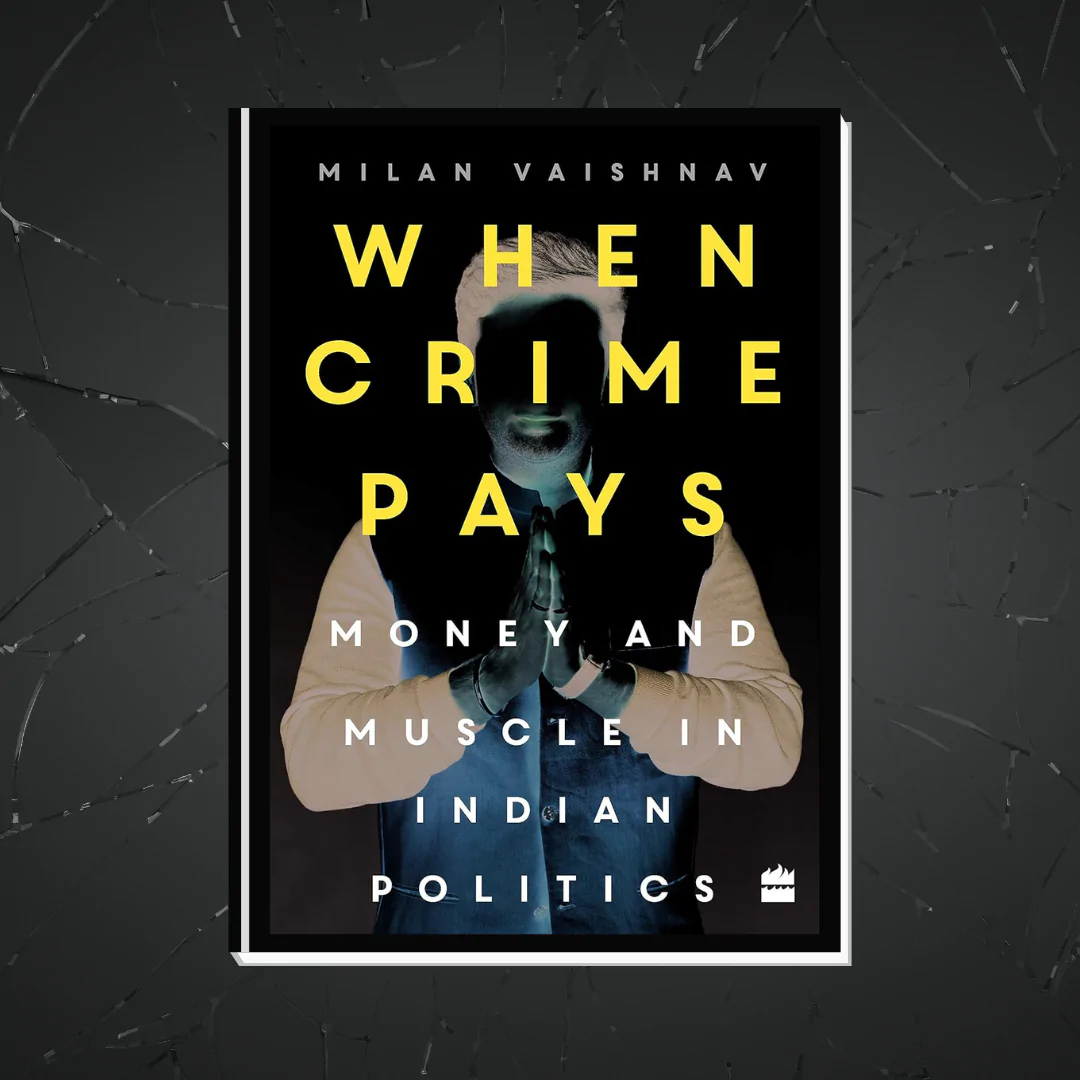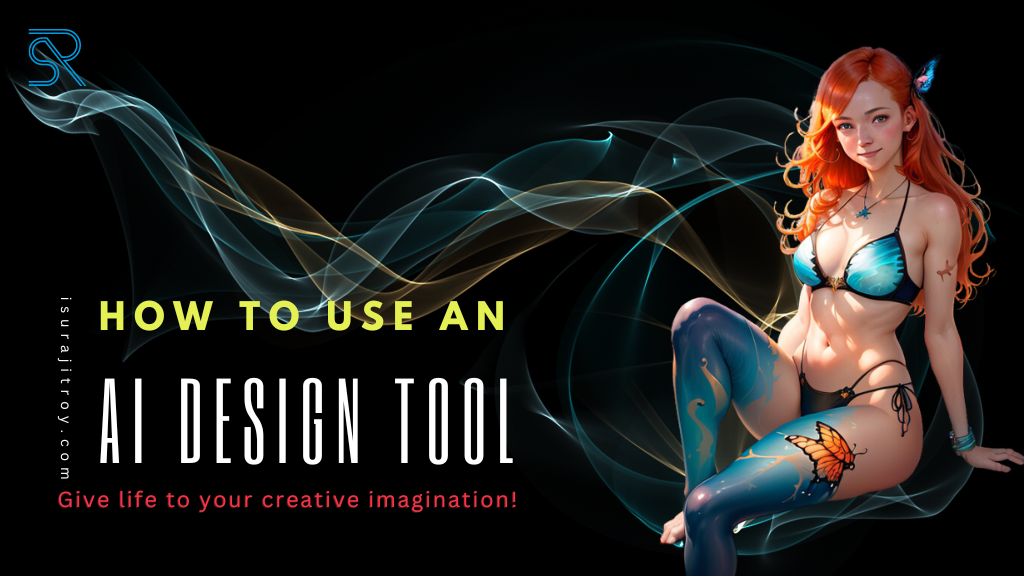
In this article, we’ll show you how to get the most of an AI design tool by walking you through every step. Stunning designs that will capture your audience and boost the visual presence of your brand may be made by following our expert advice and leveraging the power of artificial intelligence.
Introduction to AI Design Tools.
AI design tools have revolutionized the creative industry by combining the capabilities of artificial intelligence with design principles. These tools utilize algorithms and machine learning to automate various design tasks, making the process faster and more efficient. Whether you are a graphic designer, web developer, or a marketing professional, incorporating AI design tools into your workflow can significantly enhance your productivity and output quality.
Choosing the Right AI Design Tool.
When selecting an AI design tool, it’s essential to consider your specific requirements and preferences. Here are a few factors to consider:
- Features and Capabilities: Look for tools that offer a wide range of design features such as image editing, typography, color palettes, and layout options. Some AI design tools even provide advanced functionalities like object recognition and style transfer.
- User Interface: A user-friendly interface can greatly streamline your design process. Look for tools that have an intuitive and easy-to-navigate interface, allowing you to quickly access the features you need.
- Integration: If you work with other design software or platforms, check if the AI design tool integrates seamlessly with them. Integration can save you time and ensure a smooth workflow.
- Pricing: Consider your budget and evaluate the pricing plans offered by different AI design tools. Some tools offer free plans or trials, while others may require a subscription or one-time payment.
Getting Started with an AI Design Tool.
Once you’ve selected the right AI design tool for your needs, it’s time to dive into the creative process. Follow these steps to get started:
Step 1: Familiarize Yourself with the Tool
Take some time to explore the tool’s interface and features. Read any documentation or tutorials provided by the tool’s developers to understand its capabilities fully. This initial investment will pay off in the long run as you become more proficient with the tool.
Step 2: Gather Design Assets
Before you begin creating your design, gather all the necessary assets such as images, logos, and text content. Having these resources readily available will help you maintain a smooth workflow and ensure that your design aligns with your branding guidelines.
Step 3: Define Your Design Objective
Clearly define the purpose and objective of your design. Are you creating a social media graphic, a website banner, or a product packaging design? Understanding your design objective will guide your decision-making process and help you create a design that effectively communicates your message.
Step 4: Utilize AI-Powered Suggestions
One of the major advantages of AI design tools is their ability to provide intelligent suggestions. These tools can analyze your design elements and offer recommendations for improvements. Pay attention to these suggestions as they can enhance your design and optimize it for visual appeal.
Step 5: Experiment and Iterate
Don’t be afraid to experiment with different design elements, layouts, and color schemes. AI design tools often provide real-time previews, allowing you to visualize the changes instantly. Iterate on your design, fine-tuning it until you achieve the desired outcome.
Comprehensive Guide of AI Design Tools
AI-assisted graphics design is a free ebook for illustration and graphic design enthusiasts. This thorough lesson shows how AI technology can make appealing visual art. AI-driven design best practices will be taught by graphic designers. This free ebook will make you a talented AI builder.
[ Download The Free eBook ]
Free eBook
Best Practices for Using AI Design Tools.
To make the most of your AI design tool, keep the following best practices in mind:
- Maintain Brand Consistency: Ensure that your design aligns with your brand’s visual identity. Use consistent colors, typography, and imagery to reinforce your brand’s recognition.
- Stay Updated with Design Trends: Keep yourself informed about the latest design trends and incorporate them into your work when appropriate. However, be cautious not to compromise the timeless aspects of your brand’s design.
- Don’t Rely Solely on AI Suggestions: While AI design tools provide valuable suggestions, remember that they are just tools. Use your creative instincts and judgment to make design decisions that align with your brand and resonate with your target audience.
- Optimize for Different Platforms: Consider the various platforms where your design will be displayed. Whether it’s social media, websites, or print media, adapt your design accordingly to ensure optimal visual impact.
Conclusion
AI design tools have revolutionized the creative landscape, empowering designers and marketers to create visually stunning designs efficiently. By selecting the right AI design tool, familiarizing yourself with its features, and following best practices, you can unlock the full potential of AI in your design process. Remember to experiment, iterate, and trust your creative instincts to create designs that truly resonate with your audience. With the power of AI design tools at your fingertips, the possibilities are endless.

